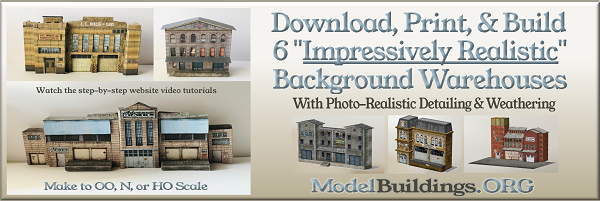Everything on model trains, model railroads, model railways, locomotives, model train layouts, scenery, wiring, DCC and more. Enjoy the world's best hobby... model railroading!
What’s the main working muscle in the DCC layout?
The decoder, simply put, is the main working muscle in the DCC layout. It is basically an electronic device that you need to install in order to control the devices that are working on the DCC layout.
This includes not only the locomotives or trains but also the point motors, signals, and other accessories present on and around the layout. The decoder decodes the signal that is coming from the throttle and translates it into the requested action from the command station. Thus, it enables the train to stop, move and turn in the required direction or the lights to turn on and off.
Based on the mode of operation, decoders can be split into two wide categories. These include stationary decoders and mobile decoders.
Each of the locomotives on the track needs a separate decoder that can store its unique address or loco number. Through this address, the train can be operated, and other settings like its speed, sound, and lighting can also be controlled. The decoders that are used to control the trains are called loco decoders or mobile decoders. There is another type of decoders, the accessory or stationary decoders, which are used to control the additional devices present on the layout. These include the points and light signals on the track.
Stationary Decoders – By definition stationary decoders refer to decoders that are mounted under the benchwork or placed on the sides of the track. They stay in a stationary or fixed position, unlike the loco decoders that are installed inside the moving trains. The stationary decoders are generally used to translate the incoming signals for the railroad switches and turnouts, the lighting and signaling along the track, and control any structure lights if installed.
Mobile Decoders – Mobile decoders are the decoders that are installed within the locomotives or the trains. They receive the signals, information, and power from the track rails and then convert them into the required amount of motor power. This power is then used to control the motor and employ specific actions and functions like the locomotive’s movement, speed, direction, lights, sounds, and animation.
Function Only Decoders – The function only decoders are a special class of mobile decoders that are not used for motor control – instead, they are used for controlling the light or sound of the train. The main advantage of this type of decoder is that they simplify the wiring constraints and let you achieve more features and functions than just a single decoder.

The sound decoders are used to add engine sounds to the layout, making it come alive, and ensuring more fun and appeal to the user. Some decoders can play multiple sounds at once and many also come with the option of downloading additional sounds. A speaker is needed to implement this type of decoder and play the sounds.
One Response to What’s the main working muscle in the DCC layout?
Leave a Reply
















Helpful.